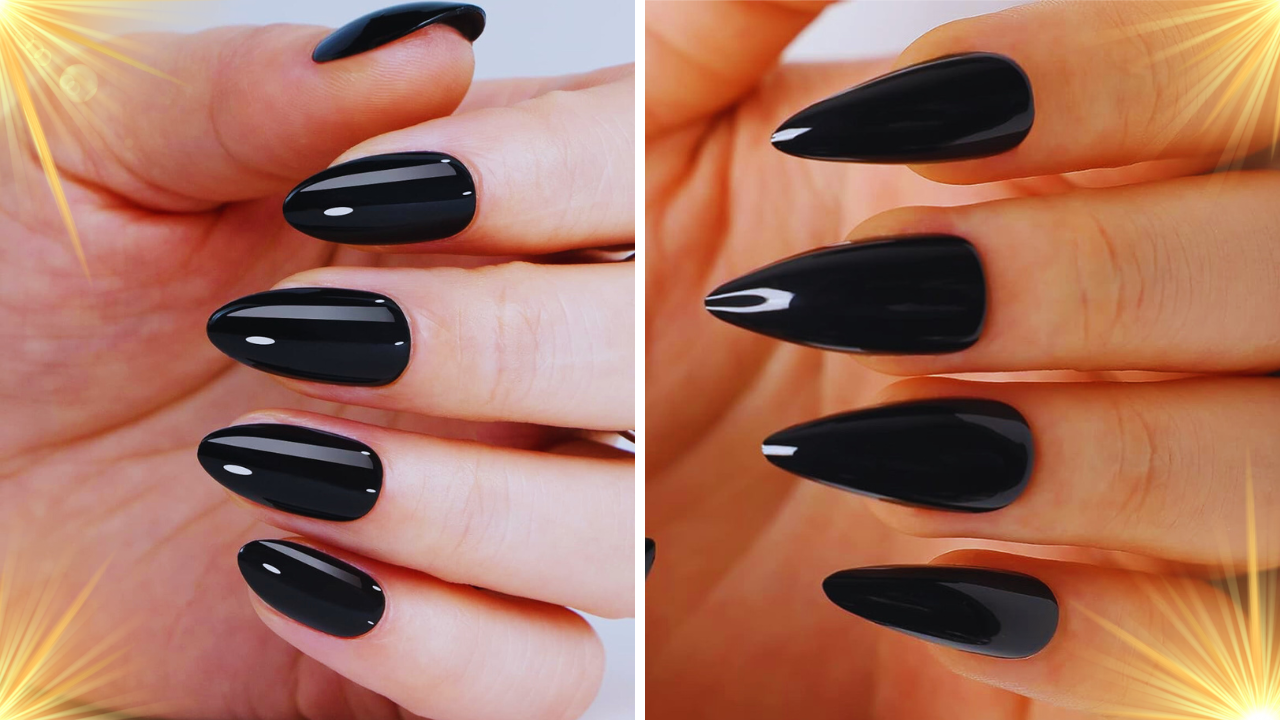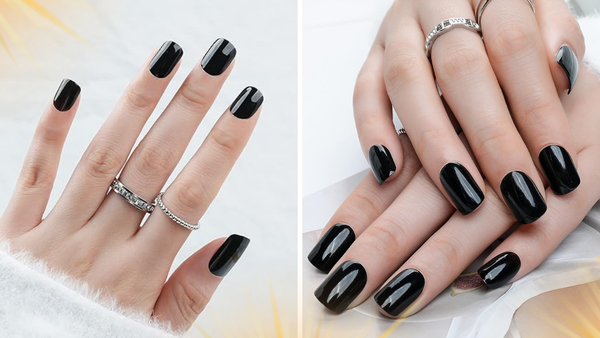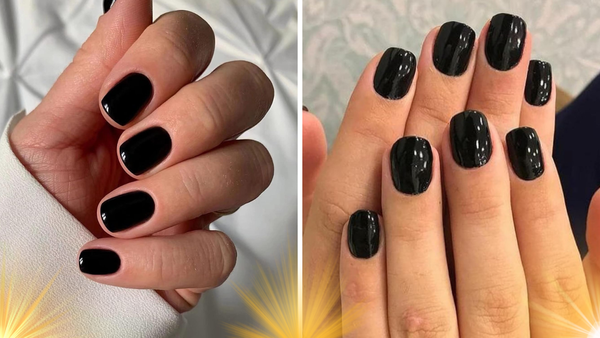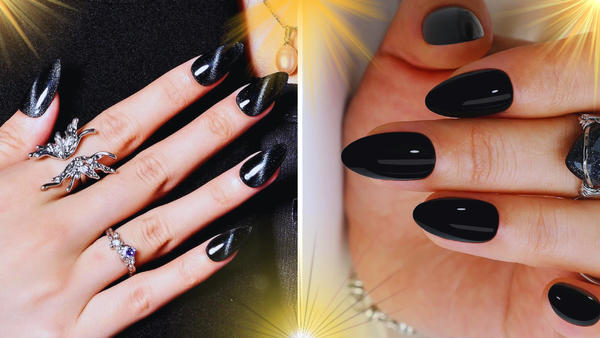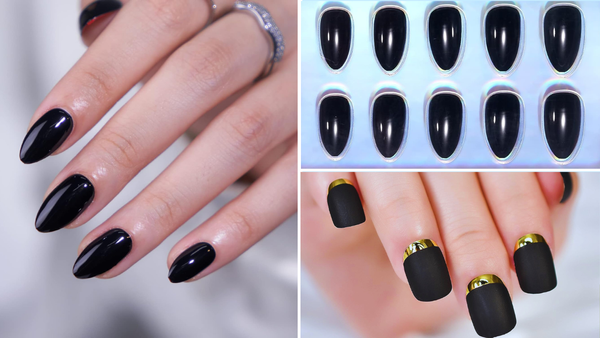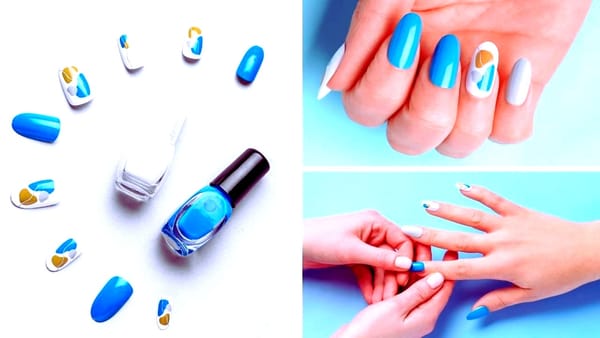Removing black press on nails can be tricky, but with the right steps, you can do it safely at home without damaging your nails. This guide will walk you through the process, ensuring your nails remain healthy and strong.
Key Takeaways:
- Preparation is Key: Gather all necessary tools before starting the removal process.
- Gentle Techniques: Use gentle methods to avoid damaging your natural nails.
- Post-Removal Care: Proper nail care after removal is crucial for maintaining nail health.
Tools You Will Need
Before diving into the removal process, gather all the necessary tools. You will need a bowl, warm water, dish soap, a nail buffer, a cuticle stick, cotton balls, acetone, and cuticle oil. Having these items on hand will make the process smoother and more efficient.
Using the right tools is essential. For instance, a nail buffer helps gently smooth the nail surface after removing the press-on nails. A cuticle stick is perfect for gently pushing the press-ons off your natural nails without causing damage.
Soaking Your Nails
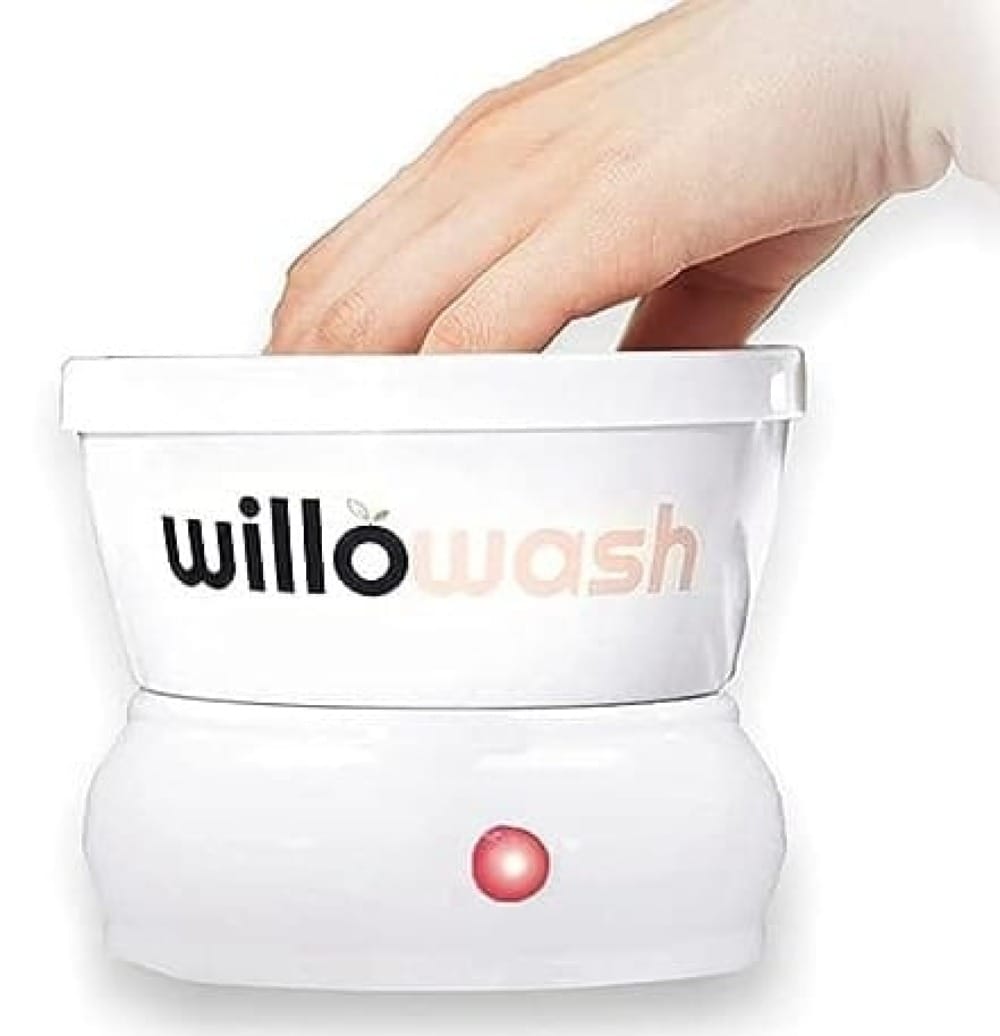
The first step in removing black press on nails is to soak your nails in warm, soapy water. Fill a bowl with warm water and add a few drops of dish soap. Soak your nails for about 10-15 minutes. This helps to loosen the nail glue, making it easier to remove the press-ons.
Soaking your nails in warm, soapy water is a gentle method that softens the adhesive. This step is crucial as it prepares your nails for the next stages of the removal process. Be patient and ensure your nails are thoroughly soaked.
Using Acetone
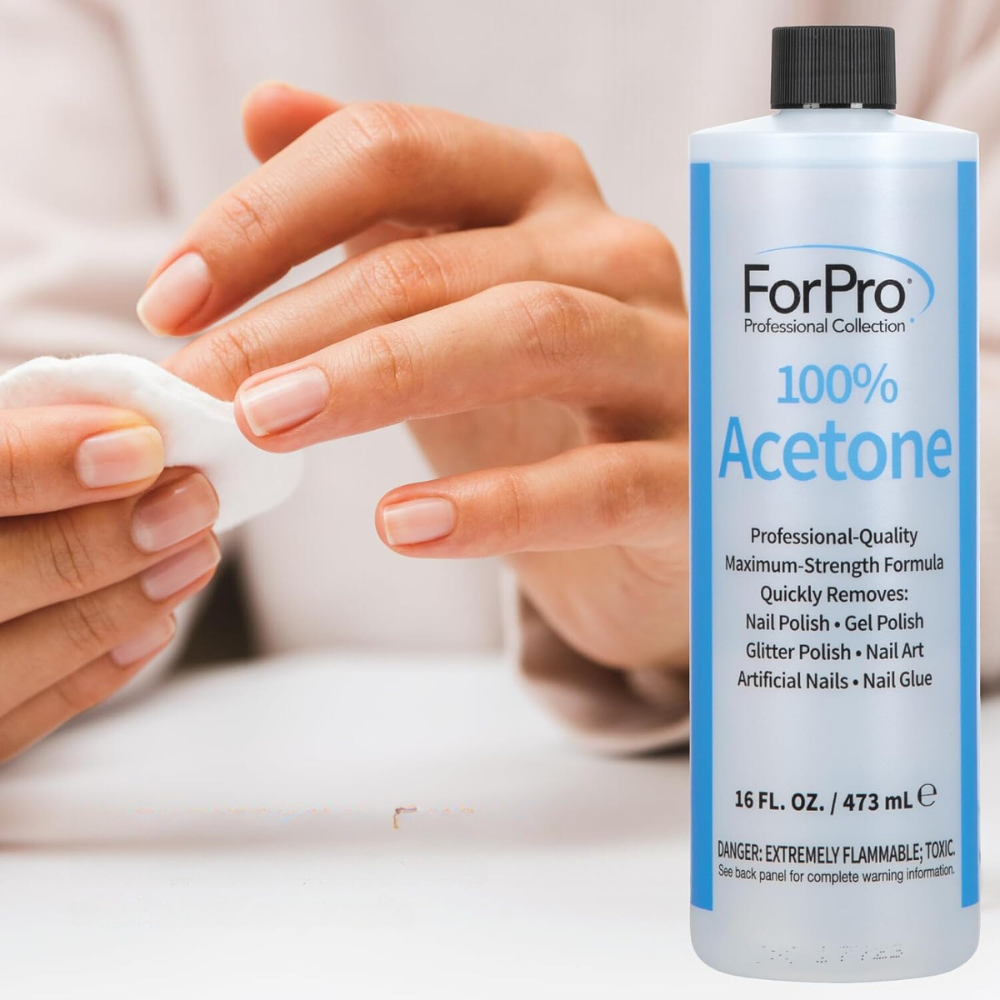
If the warm, soapy water method doesn’t fully loosen the press on nails, you can use acetone. Soak a cotton ball in acetone and place it on your nail. Wrap your nail with aluminum foil to keep the cotton ball in place. Leave it on for about 10-15 minutes.
Acetone is a powerful solvent that effectively breaks down nail glue. However, it can be harsh on your nails and skin, so use it sparingly and follow up with proper nail care to keep your nails healthy.
Gently Pushing Off the Nails
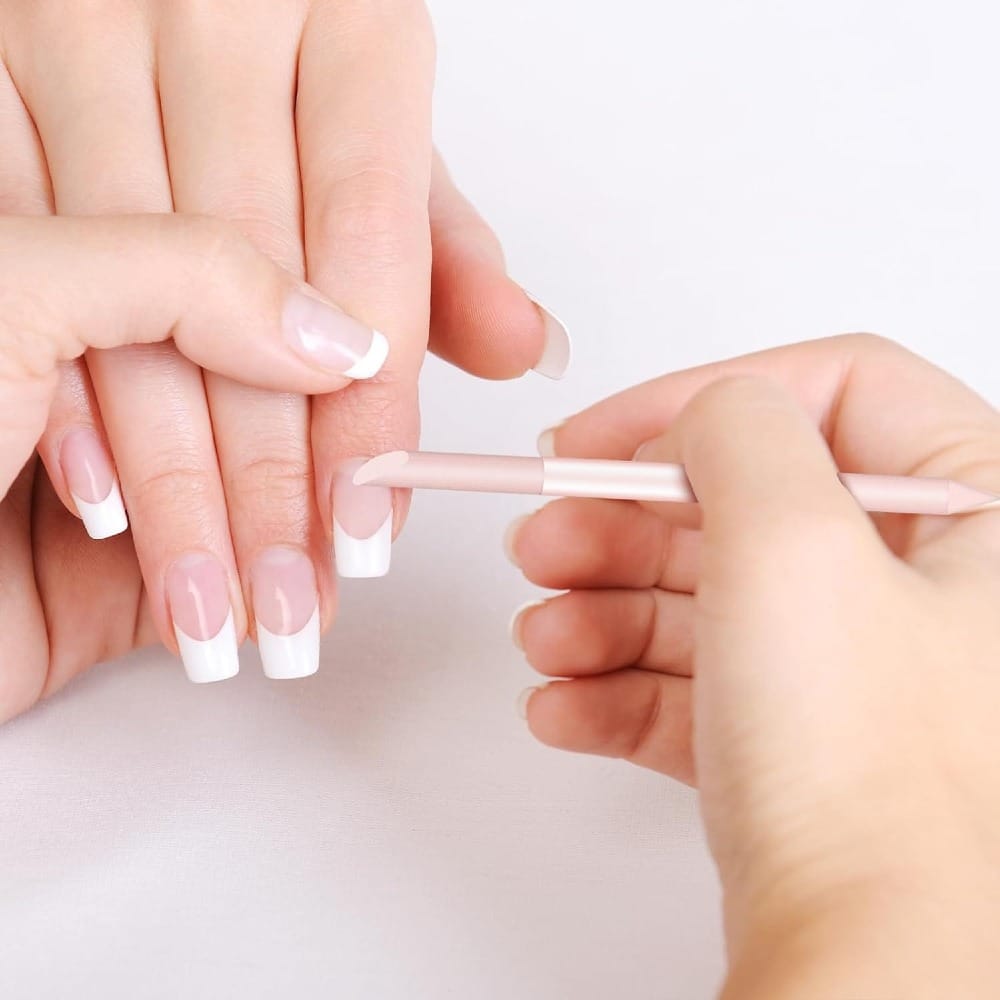
After soaking, use a cuticle stick to push the press-on nails off your natural nails gently. Start from the edges and work your way to the center. Be gentle to avoid damaging your nail beds.
If the press-on nails don’t come off easily, don’t force them. Soak your nails again in warm water or acetone until the glue breaks further. Patience is key to preventing damage to your natural nails.
Removing Residual Glue
Once the press-on nails are off, you might notice some residual glue on your natural nails. Use a nail buffer to remove the leftover glue gently. Buffing helps smooth the nail surface and prepare it for the next steps.
Be careful not to over-buff your nails, which can thin them out and make them more prone to breakage. A gentle touch is all you need to remove the glue without harming your nails.
Post-Removal Nail Care
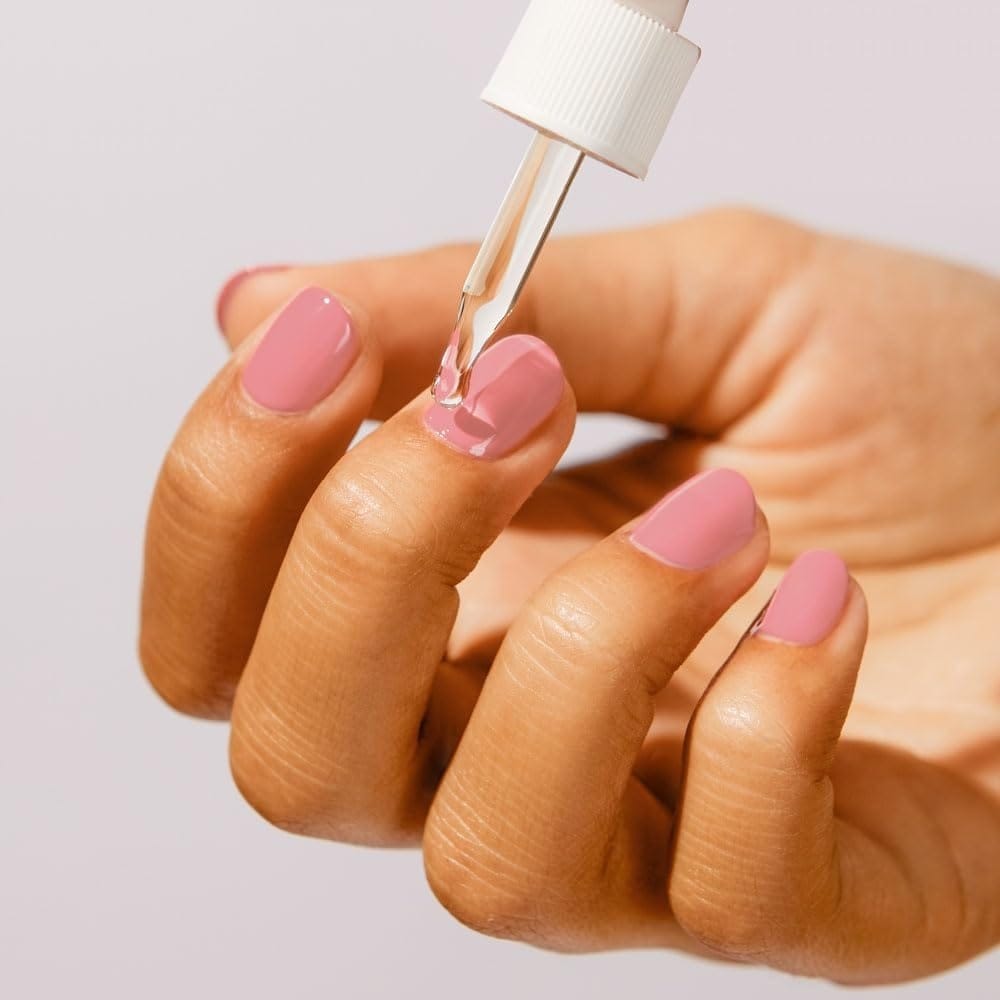
Post-removal nail care is crucial for maintaining healthy nails. Apply cuticle oil to nourish your cuticles and nail beds. This helps to restore moisture and prevent your nails from becoming brittle. A little care goes a long way in keeping your nails strong and healthy.
Additionally, consider using a nail strengthener to fortify your natural nails. This is especially important if you frequently use press-on nails or acrylics. Regular nail care routines can make a significant difference in the health and appearance of your nails.
Avoiding Common Mistakes
One common mistake is trying to remove press on nails too quickly. This can lead to damaged nail beds and weakened natural nails. Always take your time and follow the proper steps to ensure a safe removal process. Patience is key to avoiding unnecessary damage.
Another mistake is using the wrong tools. Ensure you have all the necessary tools, such as a nail buffer, cuticle stick, and acetone. Using the right tools can make the removal process easier and more effective. Investing in quality tools is worth it for the health of your nails.
When to Seek Professional Help
If your nails are particularly stubborn or experience pain during the removal process, it might be time to seek professional help. A nail technician can safely remove the press-on nails without causing damage to your natural nails. Sometimes, it's best to leave it to the experts.
Additionally, if you notice any signs of infection or severe damage to your nails, consult a professional immediately. Your nail health is important; a professional can provide the care and advice you need to restore your nails to their best condition.
Using Dish Soap for Easier Removal
The Magic of Dish Soap
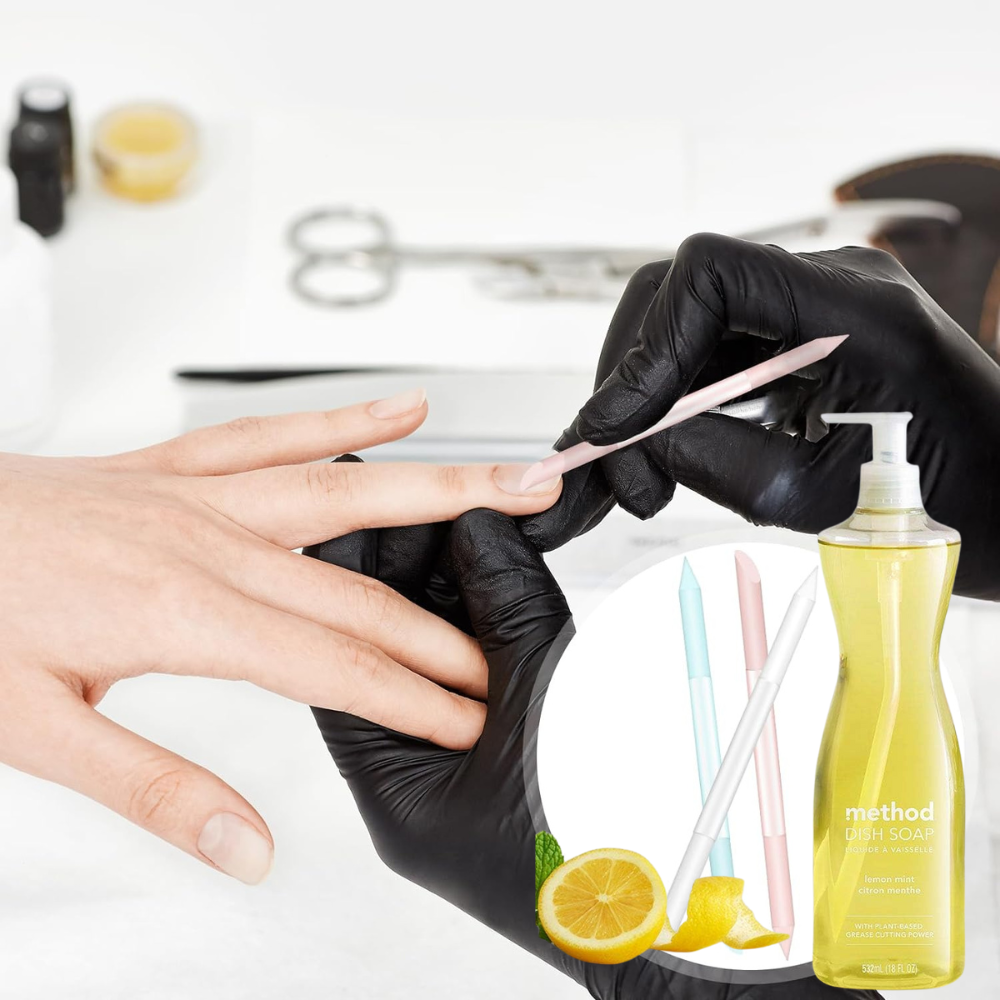
Believe it or not, dish soap can be a game-changer in nail removal. Fill a bowl with warm water and add a few drops of dish soap. Soak your nails for about 10-15 minutes. The dish soap helps to break down the nail glue, making it easier to push off the press-ons gently. This method is especially useful if you’re looking for a gentler alternative to acetone.
After soaking, use a cuticle stick to peel off the press-on nails gently. If they don’t come off easily, soak them for a few more minutes. The dish soap method is a great way to remove press-ons without damaging your natural nails.
Combining Dish Soap and Acetone
You can combine the power of dish soap and acetone for particularly stubborn nails. Start by soaking your nails in warm, soapy water for 10 minutes. Then, follow up with the acetone method. This two-step approach ensures that the glue is thoroughly softened, making it easier to remove the press-ons.
After the removal process, wash your hands thoroughly to remove any soap and acetone residue. This combination method is highly effective and ensures your natural nails remain healthy and strong.
The Role of Cuticle Oil in Nail Health
Nourishing Your Nails
Cuticle oil is a must-have in your nail care routine. After removing the nails, apply cuticle oil to the beds and cuticles. This helps restore moisture and prevent your nails from becoming brittle. Regular use of cuticle oil can make a significant difference in the health and appearance of your nails.
Cuticle oil is especially beneficial if you frequently use press-on nails or acrylics. It helps to keep your nails and cuticles hydrated, reducing the risk of damage and promoting healthy nail growth. A little cuticle oil goes a long way in maintaining beautiful, strong nails.
Choosing the Right Cuticle Oil
Not all cuticle oils are created equal. Look for oils that contain nourishing ingredients like jojoba oil, vitamin E, and almond oil. These ingredients provide deep hydration and essential nutrients to your nails and cuticles. Investing in a high-quality cuticle oil is worth it for the long-term health of your nails.
Apply cuticle oil daily, especially after removing press on nails. Massage the oil into your cuticles and nail beds for best results. This simple step can make a world of difference in keeping your nails healthy and strong.
Summary
Removing black press on nails requires patience, the right tools, and proper post-removal care. By following these steps, you can ensure that your natural nails remain healthy and strong.
FAQ
How long should I soak my nails in warm water?
Soak your nails for 10-15 minutes in warm, soapy water to soften the glue and make it easier to remove the press-ons.
Can I use regular nail polish remover instead of acetone?
While regular nail polish remover can work, acetone is more effective at breaking down nail glue, especially for stubborn acrylic nails.
What should I do if my nails feel weak after removing the press-ons?
Apply cuticle oil and consider using a nail strengthener to restore moisture and fortify your natural nails.
How do I remove press-on nails without damaging my natural nails?
To remove press-on nails without damaging your natural nails, soak your nails in warm, soapy water for 10-15 minutes to loosen the adhesive. Then, gently lift the press-on nails from the edges using a cuticle stick or your fingers. Avoid forcing the nails off to prevent damage.
Can I apply black press-on nails over acrylics?
Yes, you can apply black press-on nails over acrylics. Ensure the acrylic surface is clean, smooth, and free of oils. Lightly buff the acrylics before applying the press-on nails for better adhesion.
